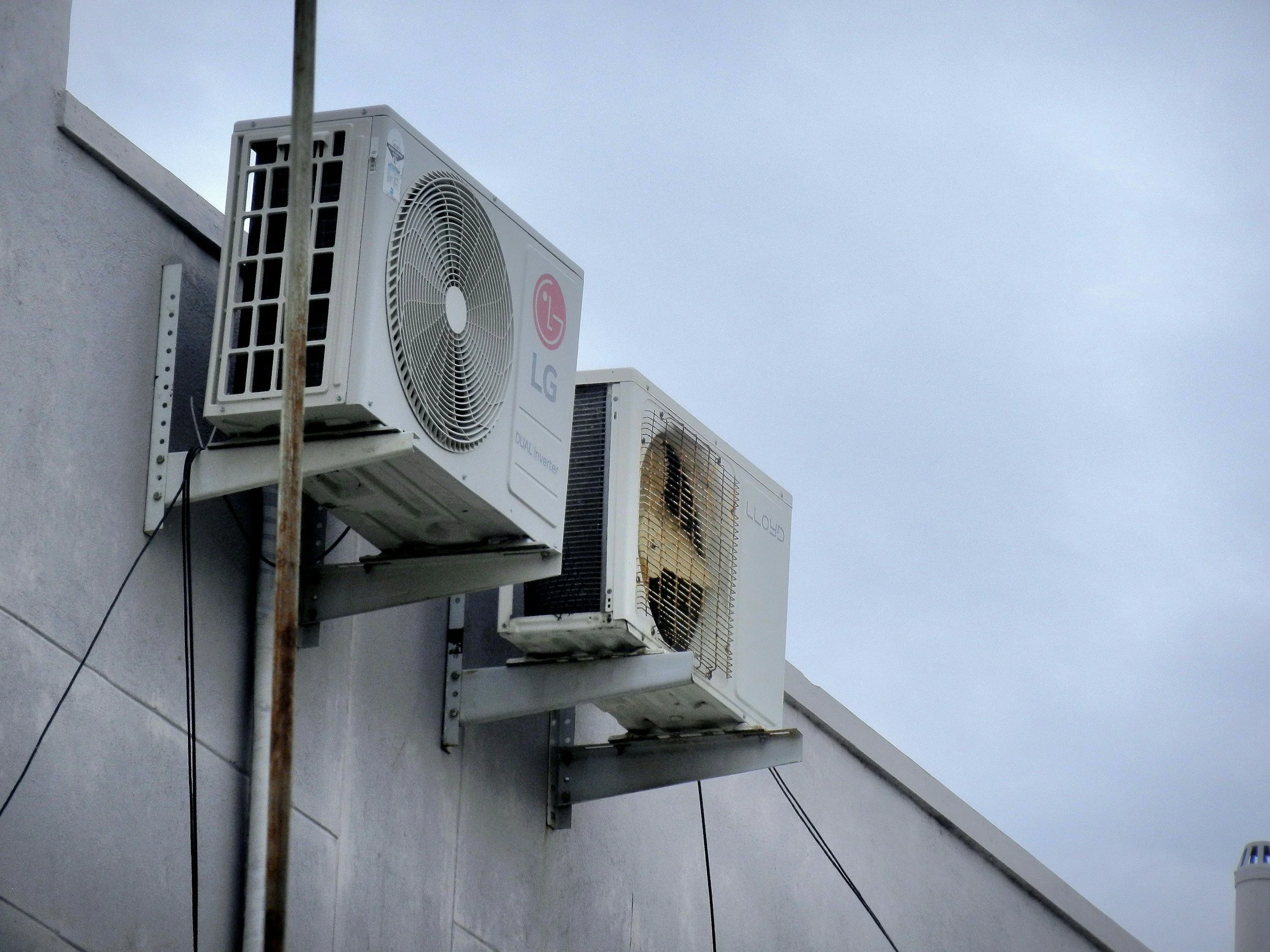Parameters and Rules to Pack Products in Packaging Sleeves
By PAGE Editor
When packing products in packaging sleeves, several parameters and rules should be considered to ensure that the packaging is practical, appealing, and functional. You can ensure that your sleeve box packaging is attractive but also functional, safe, and compliant with industry standards. This attention to detail can significantly enhance customer satisfaction and brand loyalty.
1. Accurate Measurements
Measure Product Dimensions: Start by accurately measuring your product's length, width, and height. Use a piece of paper to wrap around the product and mark where the ends meet to determine the correct dimensions for the sleeve.
Consider Thickness: The thickness of the material used for the sleeve can affect the overall dimensions. Ensure the sleeve accommodates the product snugly without being too tight or loose3.
2. Material Selection
Choose Appropriate Material: Choose from materials such as glossy or matte paper. Glossy finishes enhance color vibrancy, while matte finishes provide a premium look. If sustainability is a priority, consider using eco-friendly options like Kraft paper.
Durability Requirements: Choose a paper stock thickness that provides adequate protection depending on the product type. Standard thicknesses range from 250gsm to 350gsm.
3. Design Considerations
Utilize All Sides: Remember that packaging sleeves have multiple panels (usually four). Use this space creatively for branding, product information, and eye-catching graphics.
Brand Visibility: Ensure your logo and brand colors are prominently displayed. This reinforces brand recognition and creates a strong first impression.
Add Cutouts or Custom Shapes: Consider incorporating cutouts and custom pouches to showcase the product or designing custom shapes that align with your product's contours for added visual appeal.
4. Printing Specifications
High-Quality Graphics: Use high-resolution images and professional graphics to enhance visual appeal. Ensure that colors are consistent with your brand identity.
Finish Options: Experiment with different finishes, such as gloss, matte, or metallic, to give your packaging a premium feel. Lamination can also increase durability and aesthetic appeal.
5. Functional Features
Ease of Application: Design sleeves that are easy to apply and remove. Consider using peel-and-seal options for convenience during packaging operations.
Safety Features: If applicable, include tamper-evident seals or UV protection features to enhance product safety during storage and transport.
6. Compliance and Regulations
Adhere to Industry Standards: Ensure your packaging meets relevant industry standards and regulations, especially for food products or cosmetics. This includes using materials safe for contact with consumables.
7. Testing and Prototyping
Prototype Testing: Before mass production, create prototypes of your sleeves to test fit and functionality. This helps identify potential design or material choice issues before finalizing production.
Can I customize the shape of my packaging sleeves?
Yes, you can customize the shape of your packaging sleeves. Many packaging companies offer flexible options for creating unique designs that cater to specific product needs. Customizing the shape of packaging sleeves is not only possible but also encouraged to enhance branding and product presentation. By leveraging die-cutting technology and selecting appropriate materials and designs, you can create distinctive packaging that resonates with your target audience.
1. Custom Shapes
Die-Cutting Options: Companies like Better Printing and Brandpack allow you to create custom-shaped box sleeves using die-cut technology. This means you can design sleeves that reflect your brand or product shape, such as a logo or a specific item shape (e.g., a heart or teddy bear).
Non-Traditional Designs: You are not limited to conventional rectangular shapes. Options such as belly bands or uniquely shaped sleeves can enhance the visual appeal of your packaging.
2. Material Choices
You can choose from various materials, including glossy, matte, silk paper, and eco-friendly options like Kraft paper. The choice of material can affect both the look and feel of the sleeve, making it more suitable for your brand image.
3. Size and Fit
Customization also includes adjusting dimensions to ensure a perfect fit for your product. Many providers offer size calculators to help you determine the appropriate dimensions for your packaging sleeves.
4. Visual Design Elements
You can incorporate unique graphics, colors, and finishes (such as embossing or foil stamping) to make your packaging stand out. This allows for a personalized touch that aligns with your branding strategy.
5. Prototyping Services
Some companies offer prototyping services where you can see a mockup of your custom sleeve before going into production.
What materials are best for custom-shaped packaging sleeves
When creating custom-shaped packaging sleeves, selecting the right materials is crucial to ensure durability, aesthetics, and functionality. Choosing the right material for custom-shaped packaging sleeves depends on product type, desired aesthetics, environmental considerations, and budget constraints. Materials like paperboard, kraft paper, corrugated paper, soft-touch paper, textured paper, and plastics each offer unique benefits that enhance functionality and brand presentation.
1. Paperboard
Paperboard is a versatile material known for its strength and printability. It is available in various thicknesses, typically ranging from 250gsm to 400gsm. It balances durability and weight well, making it suitable for multiple products. Paperboard can be easily customized with high-quality graphics and finishes, enhancing brand visibility.
2. Kraft Paper
Kraft paper is made from chemical pulp and is available in brown and black varieties. It is known for its durability and rustic appeal, making it an excellent choice for eco-friendly packaging. Kraft paper can be printed easily and is often used for products that emphasize sustainability.
3. Corrugated Paper
Corrugated paper consists of two or more layers with fluted inserts in between. This material provides superior protection against impacts and is ideal for heavier items. Its structure adds strength while remaining lightweight, making it suitable for shipping and storage applications.
4. Soft-Touch Paper
This type of paper has a velvety coating that feels luxurious. The soft-touch paper enhances the tactile experience of the packaging, making it appealing to consumers. It also provides a scuff-resistant surface, maintaining the aesthetic quality during handling.
5. Textured Paper
Textured paper features a surface that mimics fabric or other materials. This type of paper adds visual interest and can enhance the product's perceived value. It is particularly effective for premium brands looking to create an upscale impression.
6. Plastic Materials (PVC or PET)
These are standard plastic options used for packaging sleeves. Plastic sleeves offer excellent clarity and protection against moisture and dust. They are often used in retail settings where product visibility is essential.
7. Colored Paperboard
Available in various colors, colored paperboard allows for vibrant designs without needing additional printing. This option can simplify the design process while providing an eye-catching appearance on store shelves.
HOW DO YOU FEEL ABOUT FASHION?
COMMENT OR TAKE OUR PAGE READER SURVEY
Featured








Water management plays an essential role in maintaining the safety and stability of a home.